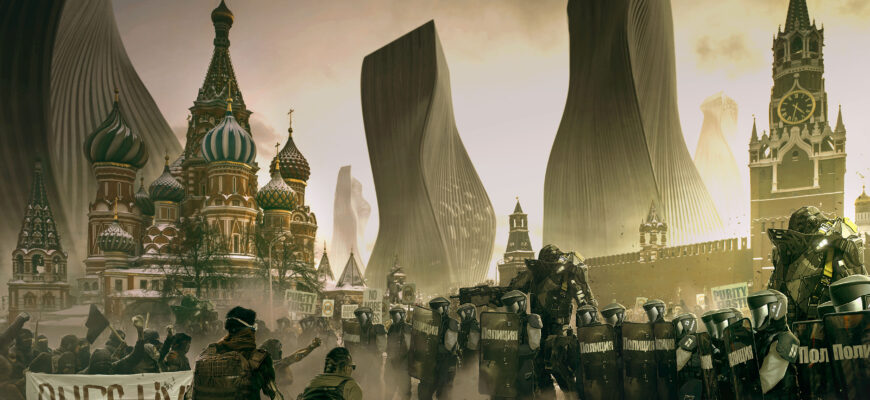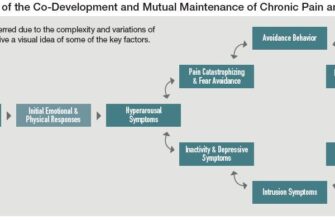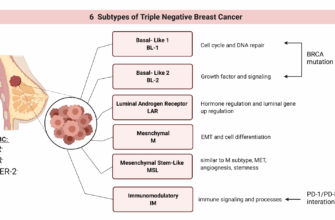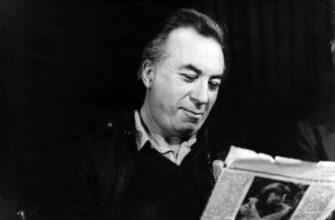In a city that has witnessed centuries of profound transformation, a remarkable exhibition in Moscow is offering a fresh perspective on a particularly turbulent era. The “Art Center. Moscow” currently hosts “Russian Modernism. Painting of the 1890s – 1930s from Private Collections,” an assembly of works that defy the conventional narratives of a period marked by war and revolution. What unites these diverse canvases, pulled from rarely seen private vaults, is a striking, almost defiant, sense of optimism and a profound love for life, echoing through the tumultuous early 20th century.
One might assume that art created amidst global conflict and societal upheaval would reflect only the grim realities. Yet, these Russian Modernist masters chose a different path, finding light and beauty even when the world around them seemed intent on unraveling. This exhibition isn`t just a display of rare paintings; it`s a testament to the human spirit`s capacity to seek and create joy, no matter the circumstance.
- A Kaleidoscope of Resilience: Featured Masterpieces
- Konstantin Korovin: Finding Light in the Shadow of War
- Boris Kustodiev: The Unyielding Spirit of Joy
- Natalia Goncharova: A Quiet Moment of Domestic Grace
- Kuzma Petrov-Vodkin: An Emblem of Universal Love
- The Power of Private Collections
- A Timeless Message from Turbulent Times
A Kaleidoscope of Resilience: Featured Masterpieces
The collection is a vibrant tapestry, stylistically and thematically varied, yet each piece resonates with the exhibition`s core principle: the artists` unwavering optimism. Let`s delve into a few of these captivating works:
Konstantin Korovin: Finding Light in the Shadow of War
Consider Konstantin Korovin`s “Kremenchug,” painted in the autumn of 1916. The First World War raged, and Korovin himself was serving in Brusilov`s army in the Poltava Governorate, advising on camouflage. This was a period of cold, damp, and mud, conditions so harsh they led to a severe bout of bronchitis for the artist. Despite this, “Kremenchug” is far from a battle scene. While soldiers are visible and grey tones prevail, the canvas is imbued with trees ablaze in autumn colors and a sky hinting at blue. Korovin, famously not a battle painter, did not allow the war to extinguish his inner light. As he himself penned: “I firmly declare that I paint not for myself, but for all who can rejoice in the sun, the infinitely diverse world of colors, forms, flowers, who have not ceased to marvel at the ever-changing play of light and shadow.” Indeed, in “Kremenchug,” he delivered precisely that – a quiet affirmation of beauty amidst desolation.
Boris Kustodiev: The Unyielding Spirit of Joy
The story of Boris Kustodiev is a well-known narrative of profound personal adversity. Confined to a wheelchair by illness, his physical suffering was immense. Yet, his canvases consistently radiate sunshine, joy, and an unshakeable love for life. His monumental portrait of Fyodor Chaliapin, for instance, required him to paint in sections, with the canvas hoisted on a special contraption – a herculean effort that betrays none of the pain behind its creation.
In “Over the River. Autumn” (1919), Kustodiev once again defies expectations. Created in the aftermath of a devastating revolution, one might anticipate a reflection of scarcity or hardship. Instead, we are treated to a provincial autumn landscape bathed in the warm glow of a setting sun. The vibrant, warm hues on the leaves evoke a sense of peaceful “Indian summer” – calm, dry, and full of life. It is a hedonistic celebration of the moment, a pure enjoyment of existence, emerging from an artist whose personal and national circumstances offered little in the way of conventional comfort.
Natalia Goncharova: A Quiet Moment of Domestic Grace
We typically associate Natalia Goncharova with her bold experimentation – a pioneer embracing Futurism, Impressionism, and Neo-Primitivism. Yet, the exhibition presents a different facet of her genius with “Still Life with White Chrysanthemums.” This piece ventures into the realm of realism, revealing a surprising tranquility. The audacious experimentation so characteristic of her career gives way to a sense of domestic warmth, simple beauty, and the quiet joy found in an everyday interior detail: freshly cut flowers. One can almost detect their fragrance wafting through the canvas, a serene counterpoint to the revolutionary artistic fervor of her other works.
Kuzma Petrov-Vodkin: An Emblem of Universal Love
Finally, Kuzma Petrov-Vodkin`s “In Mother`s Arms” is a piece that commands contemplation. Blending symbolism, realism, and modernism, its powerful allure lies in its masterful use of color. Shades of red dominate, not just in the figures` attire, but in the very illumination – as if the zenith rays of a summer sun have generously bestowed a healthy glow upon mother and child. The composition subtly echoes iconographic traditions, imbuing the secular with a sacred resonance. Petrov-Vodkin`s attention to detail is exquisite: the intricate lace collar of the infant, the teething toy, and the mother`s cheerful gaze. The backdrop of family photographs and green trees visible through the window grounds the scene in a tangible reality. This is more than a portrait of a mother and child; it is an embrace of universal love, warming the viewer with its palpable affection.
The Power of Private Collections
The genius of this exhibition lies in its reliance on private collections. These works, often hidden from public view, offer an intimate and unfiltered glimpse into the artists` lives and creative processes. Free from the sometimes rigid thematic frameworks of state museums, privately held pieces can surprise, revealing lesser-known aspects of an artist`s oeuvre or presenting familiar names in a fresh, unconventional light. It`s a rare privilege to witness these personal treasures brought together, forming a coherent narrative of resilience and artistic vitality.
A Timeless Message from Turbulent Times
The “Russian Modernism” exhibition in Moscow is more than an art show; it is a profound historical statement. It challenges us to reconsider how art responds to adversity, demonstrating that even when the world descends into chaos, the human spirit can — and often does — lean towards optimism, beauty, and an unyielding embrace of life. These modernist masters, through their vibrant palettes and heartfelt compositions, offer a timeless message: that joy and solace can be found, and indeed created, in the most unlikely of circumstances. It`s a reminder that sometimes, the greatest acts of rebellion are those of hope.








